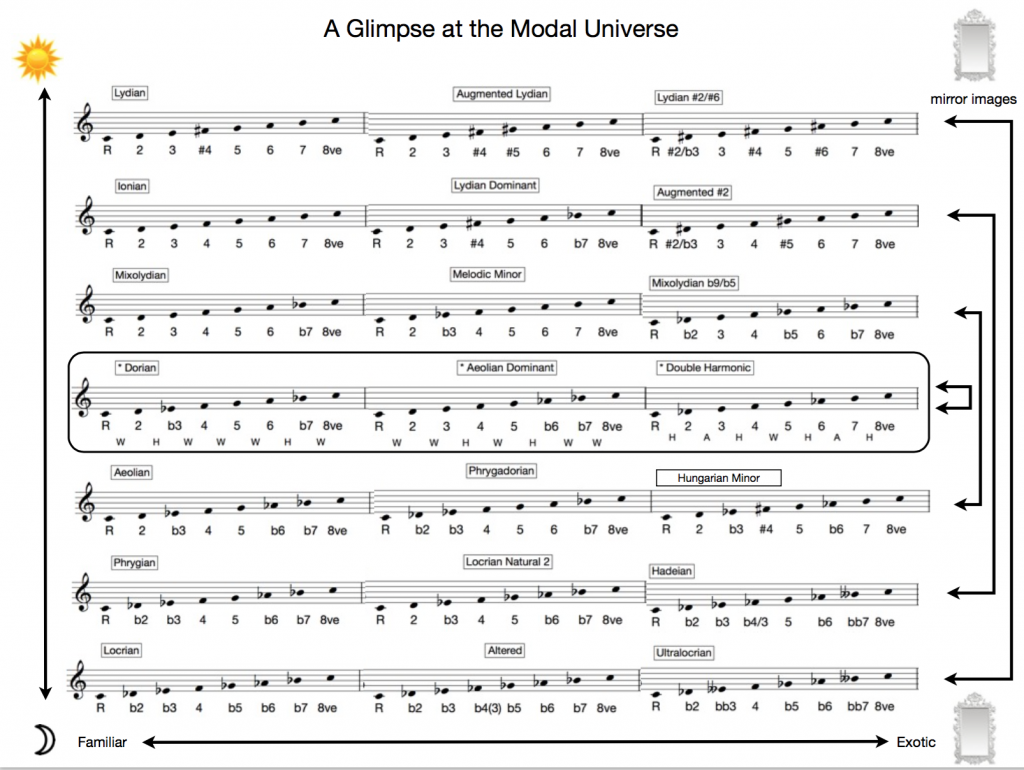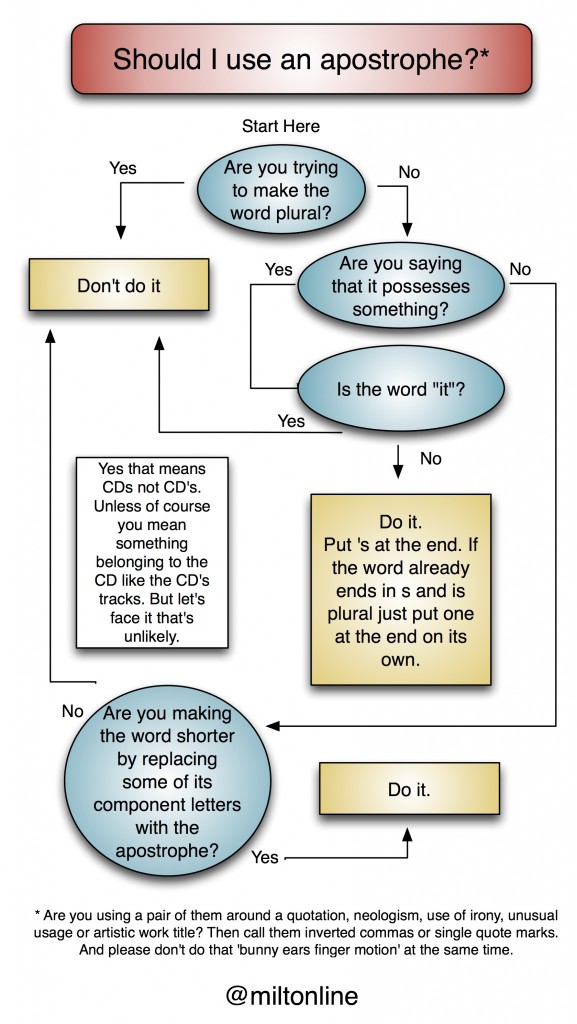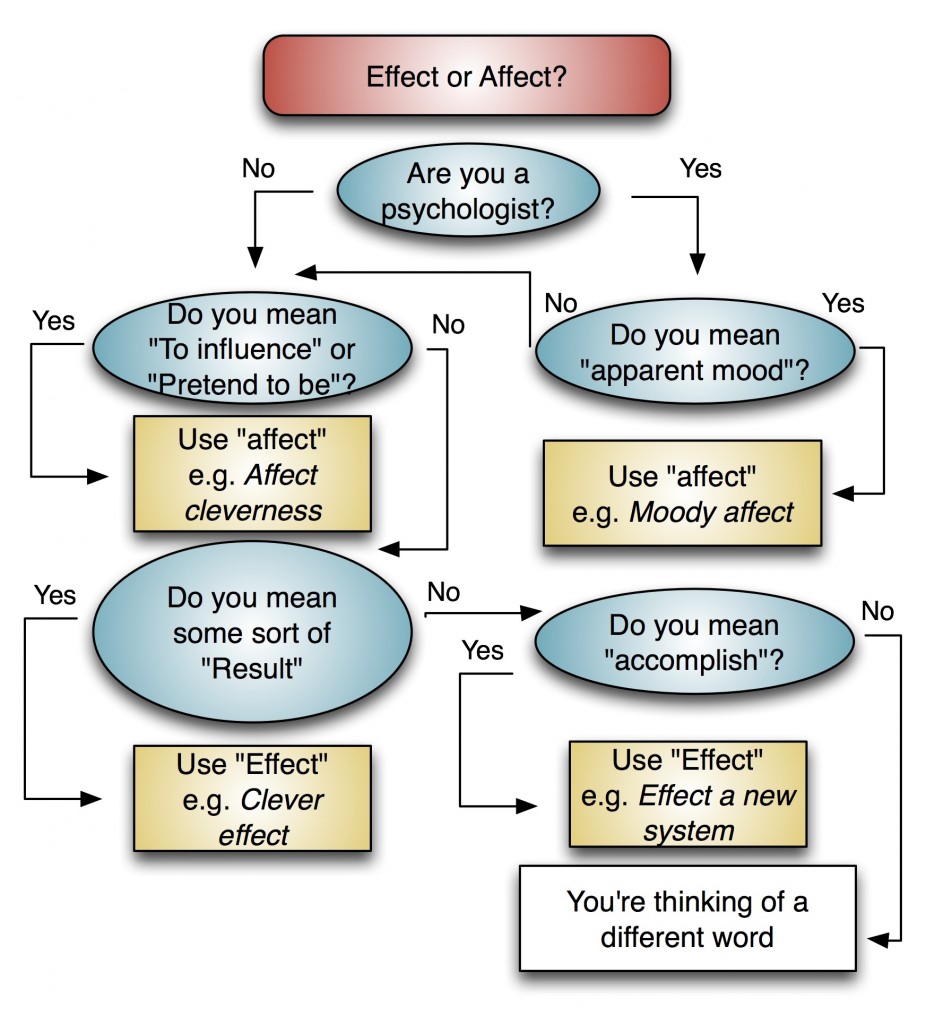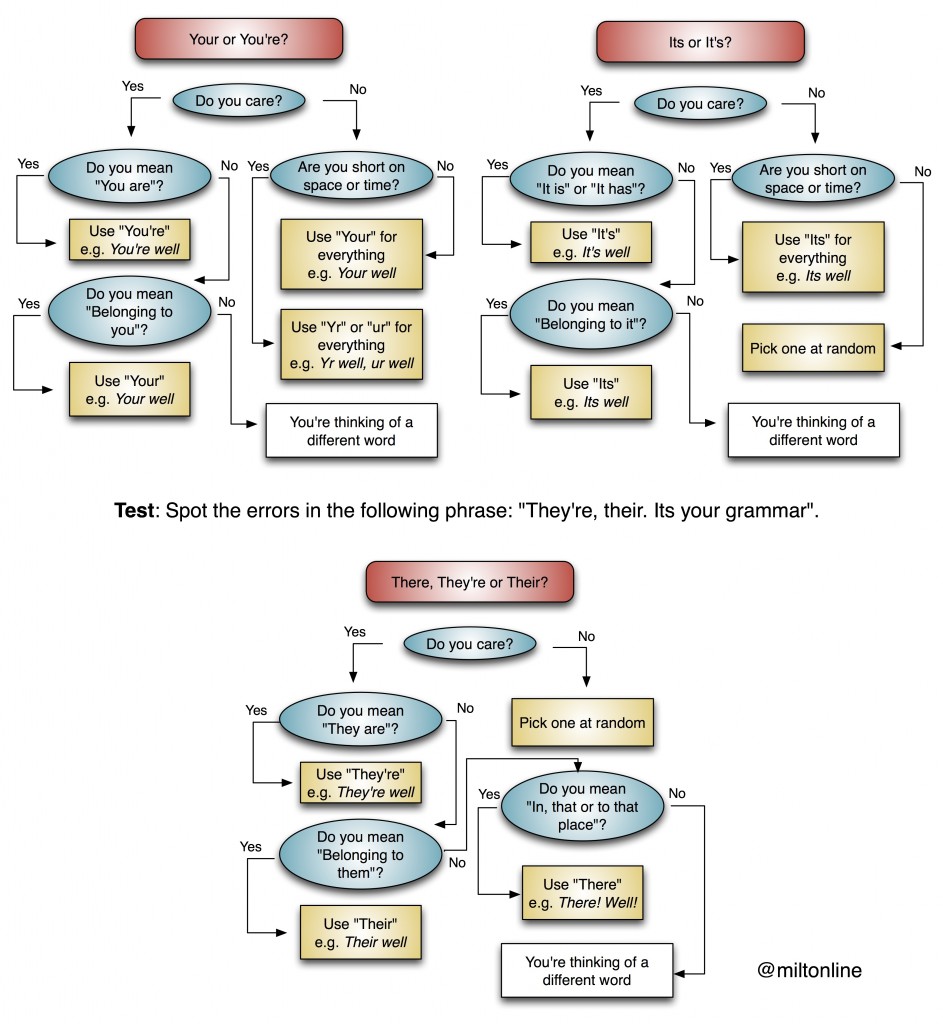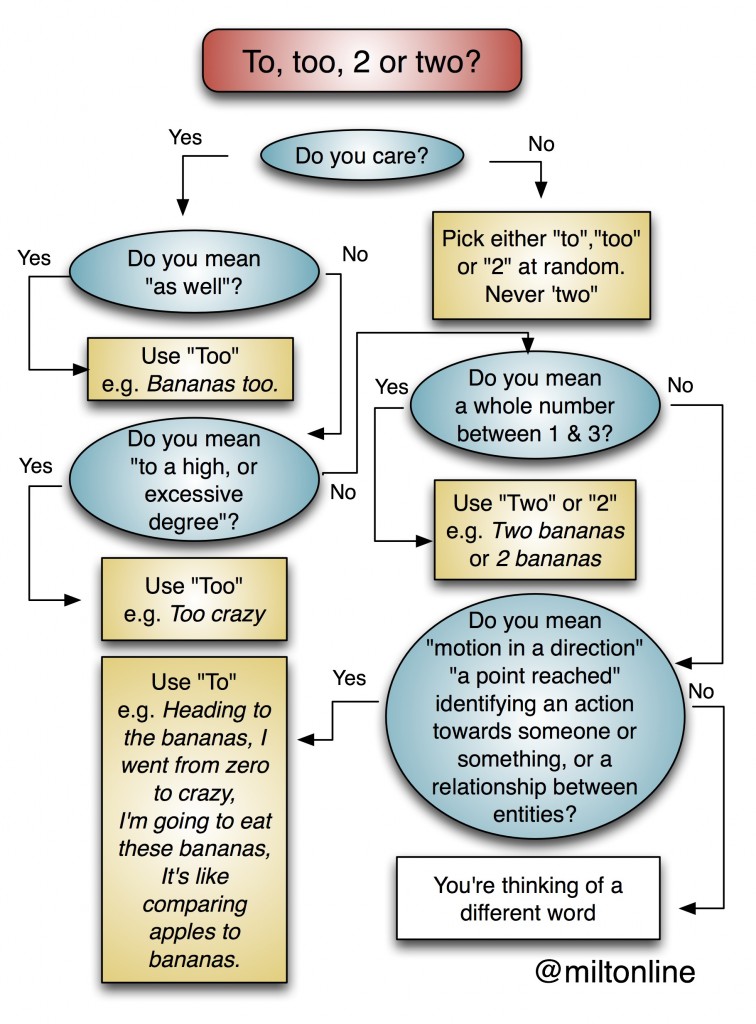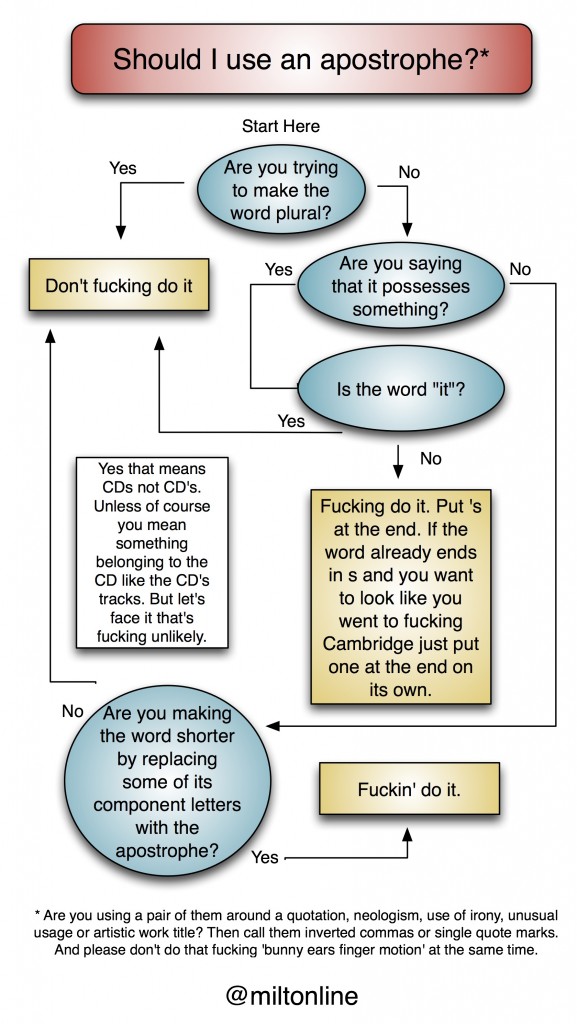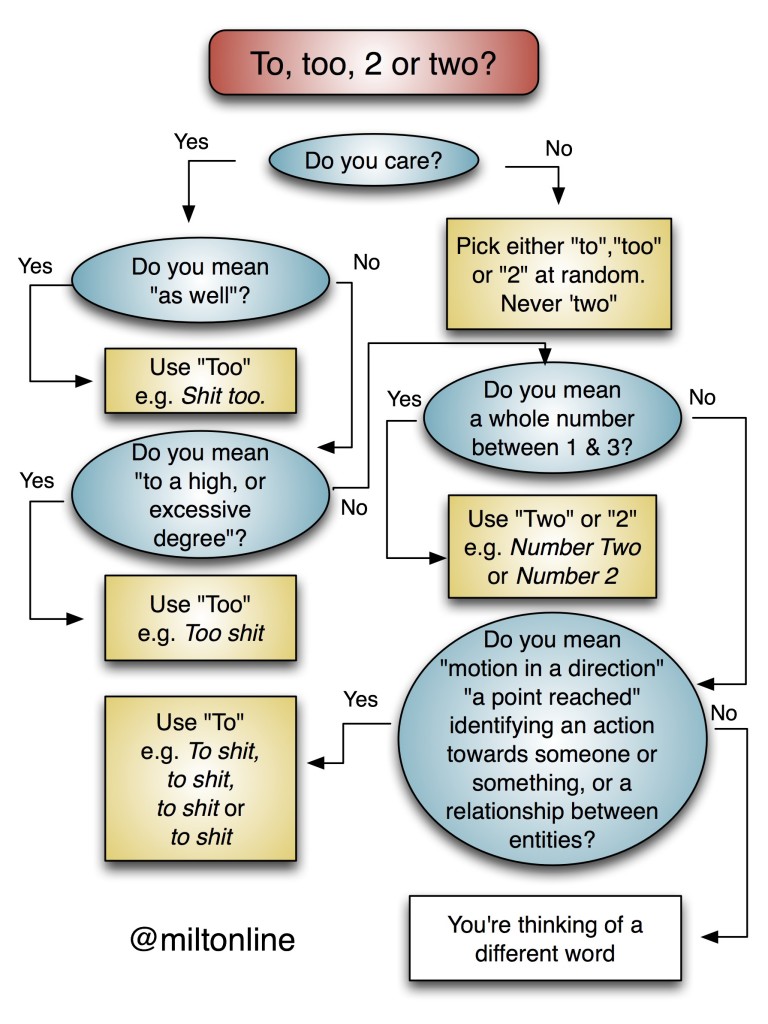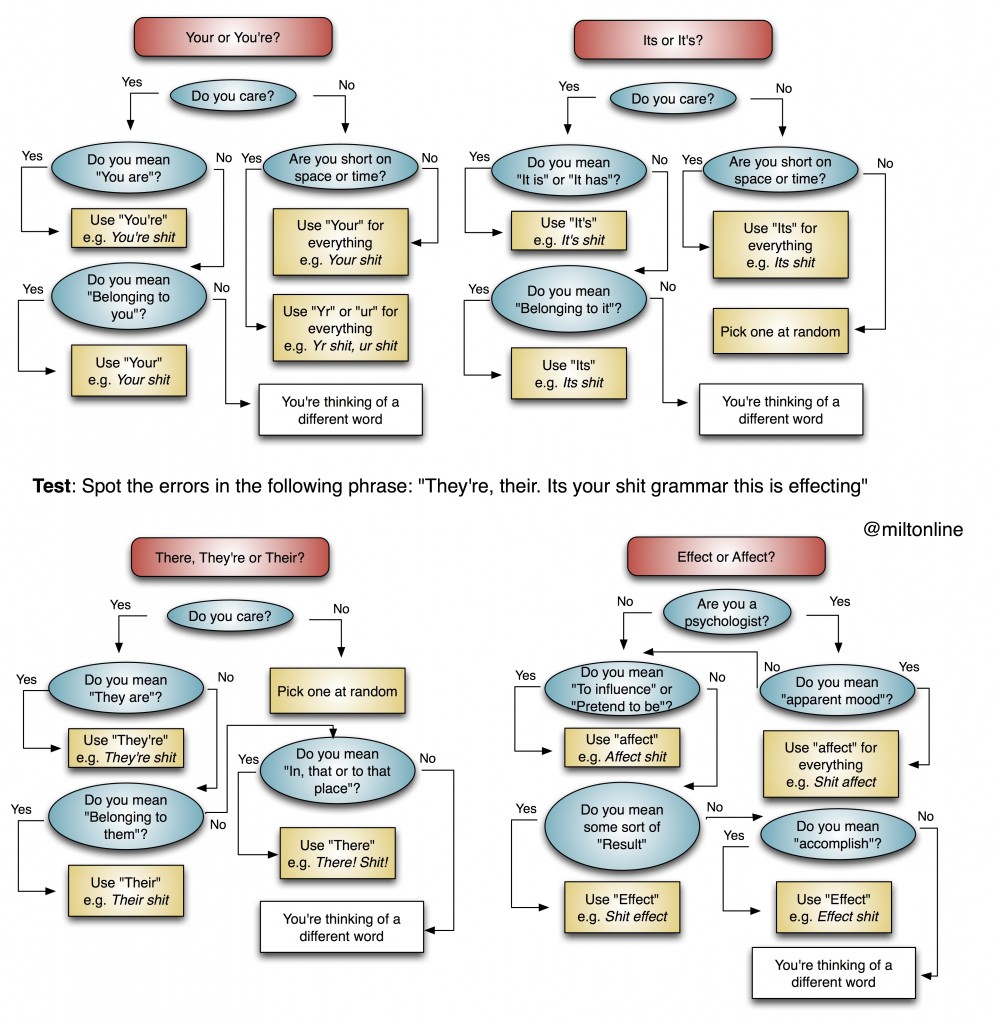[Editor’s Note: As a precursor to The Amazing Meeting! 9, we have collected a series of stories from readers like you; people who have, through one means or another, discovered skepticism and critical thinking. These stories remind us that we all started somewhere and some of us are still finding our way as skeptics If you are interested in contributing your own story, please submit your piece of around 1000 words to maria (at) randi.org along with a short 2-3 line bio.
Today’s stories comes from one of our regular contributors to the blog, Dr. Milton Mermikides]
The Boy Who Stared At Pencils: A Potted Early History of One Man’s Stumble to Skepticism: By Dr. Milton Mermikides
In deference to TAM’s imminent arrival I’ve been invited to pen – or key – a short account of my journey to skepticism. I’ve provided an essay for JREF previously on what I feel is the importance of skepticism so I’ll deal here with a time-line of selected key moments in the first 12 years of my life – a series of micro-epiphanies – which in retrospect held particular importance to my development and interest in skeptical issues. I offer these in the hope that they might ring some bells in the skeptic community, or cause some bells to ring for those on the fence, or at least the bells might play a pretty fine tune.
Age 0: Christening
For most of my youth I was convinced that I could remember this in some detail: The gold-leaf of the christening bath, the priest’s beard, the prolonged dunking and the feeling of being watched by a group of adults. It was years later when I discovered an old movie with all these elements in place, and the knowledge that I had watched it a number of times in my early years.
Epiphany: However real it feels, or vividly it is recalled, a memory of an event is no guarantee of its veracity.
Age 5: Assumptions
Playing outside the house I find a stick and proceed to hit objects with it. Including the back of my dad’s white car. As I do so, I hear my name being called and I look up to see a bird on the fence staring right at me. Stunned, I hit the car again and again the bird calls my name louder, and louder with each firm hit of the stick. Being an aficionado of Dr. Doolittle’s work I am excited by this new field of inter-species communication, and give the car one final terrific whack. At which point my furious dad emerges from the car, now obviously the owner of the voice, and chases me around the garden for attacking his car while ignoring his calls.
Epiphany: 1) The brain can construct entirely convincing scenarios and explanations in which the conscious mind can happily live, however surreal or false they may be. 2) I’m an idiot.
Age 6: Big
Spending summers in Greece before the advent of light pollution, I used to lie on the beach staring into space on moonless nights. As my eyes became accustomed to the darkness, the stars would multiply until they dissolved into clouds, and when my little brain couldn’t take it any more, clouds of clouds of stars seemed to appear, and to top it all shooting stars, having traveled for millions of years, would flare and burn up across the sky every few minutes while I watched alone reflecting on the enormity of space, the possibilities of alien life and my minute but privileged existence within it.
Epiphany: 1) Humility and appreciation can emerge from the consideration of the natural world. 2) There is a limit to the imagination and conceptual capacity of the brain.
Age 7: Time
I am given a book on visions of the future, and my mind is blown by the concept. In the final chapter when the predictions of distant futures are made, I cry when I realize I won’t witness all of what’s to come. My obsession with the nature of time grew, and I mused and was confounded by the concepts of the unstoppable passage of time, the relationship of the self and the present moment and the implications of time-travel. Of course I didn’t have the vocabulary to express these questions and any attempt to do so was met by puzzled looks by and adults friends alike.
Epiphany: There were fundamental aspects to existence, baffling and fascinating to me, but of no particular interest to almost all around me.
Age 7: Fear
I’m instructed to get some potatoes from the vegetable rack. I pick up a potato that has sprouted alien growths. I freak out.
Epiphany: Some fears are irrational.
Age 8: Pencils
An interest in magic also opened my mind to the concepts and possibilities of psychic power and telekinesis. I was convinced that if I concentrated hard enough I could move objects with my mind. I stared intently for what felt like hours at pencils willing them to roll. Once I could have sworn one twitched, but this might be attributed to the physiological effect of me holding my breath while undertaking this futile practice.
Epiphany: Just because something feels like it should be possible, it doesn’t make it so.
Age 9: Expectations
I reach for a glass of Orange Juice, and thirstily guzzle a mouthful. It turns out to be milk.
Epiphany: Expectations affect experience.
Age 10: Perfection
I develop a love and aptitude for mathematics after coming top of my class in a test. I enjoy that sound logical reasoning can lead to a solution, and then the veracity of the solution can be tested. Mathematics offer a welcome oasis of logical purity in a logically messy grey world.
Epiphany: There are areas in life with clearly right (and wrong) answers, regardless of people’s opinions.
Age 11: Small
My father was a nuclear physicist and I spent over two years of my childhood living near CERN. I walked around the particle accelerator, played on early versions of the Internet, heard terms like quark, charmed, lepton and quantum (used correctly) and gazed at the patterns of subatomic particles in the bubble and gas chambers. I was moved by the beauty of science, and how these clever adults could observe the behaviour of this strange tiny world.
Epiphany: There is aesthetic beauty, nobility and wondrous surprise in scientific exploration.
Age 12: Suction
I become interested in the concept of a vacuum after witnessing the falling feather experiment. One quiet afternoon, I suck my lips into a glass tumbler and am interested in the extent to which this process can continue, sucking through the pain. I admire my lips in the mirror, which now have stretched to Donald Duck proportions, and go to the kitchen to share with my family the preliminary results of the experiment. They respond by screaming a range of instructions and questions about my intentions. I am left with an attractive red ring around my mouth for a week.
Epiphany: 1) Some experiments are best left to experts, and 2 )I’m an idiot.
Age 12: Elephant
One night I’m left in alone and sneak downstairs to watch TV. I watch a Twilight Zone rerun (the one with the surgery and the reversal of the concept of beauty) and am horrified and transfixed. If this is not enough I then watch the film, The Elephant Man. I am appalled and conflicted by the horrific and unjust cruelty to John Merrick, and ponder if I would be like the kind Doctor or the gawking and cruel public, and I don’t want to know the answer.
Epiphany: Our natural inclinations are not always our finest.
Age 13: Punishment
A generally able and well-behaved student, I am given my first (and only) detention at school for “using the word allegedly too often” in a Religious Education homework.
Epiphany: Some subjects are taboo, and some people have no sense of humour.
It’s interesting and instructive to consider our early experiences, I feel that mine they have influenced me greatly, but these days I try to avoid sucking my face into glass tumblers.
Son of a CERN nuclear physicist, Milton was raised with wide artistic and scientific influences, an eclecticism that remains with him today. He has a BSc from the London School of Economics, a BMus (Berklee College of Music) and a PhD in music (University of Surrey), and holds commendations for his education and charity work. Milton now lives in London (UK) where he enjoys teaching, performing, composing, producing and writing about music. To learn more please visit miltonline.wordpress.com
Trackback(0)
Comments
(0)
Write comment
You must be logged in to post a comment. Please register if you do not have an account yet.

My latest JREF post – The Boy Who Stared at Pencils. A personal history of a child’s skepticism. That child being me, of course. I need to learn to write better titles.






